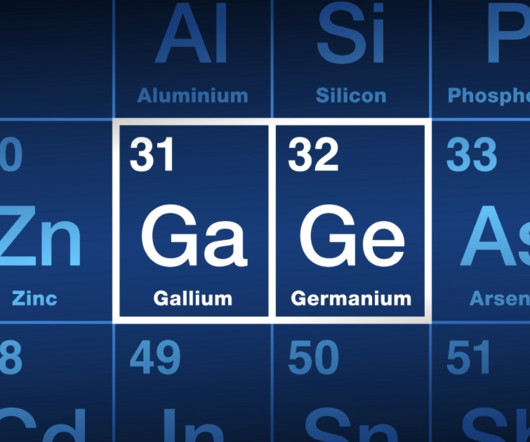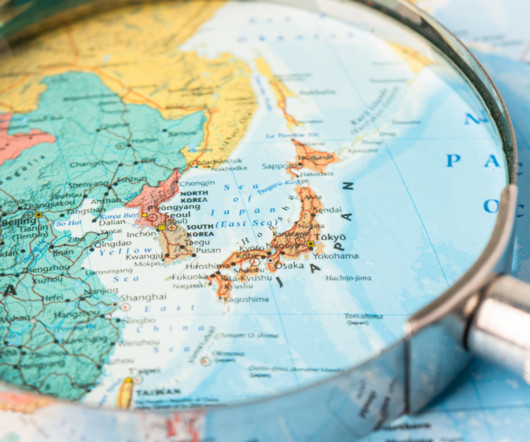Panama Canal Drought: Lower Water Levels, Higher Supply Chain Risk
Resilinc
AUGUST 30, 2023
Restrictions in the Panama Canal have affected over 170 countries and virtually every good: soybeans and liquified natural gas from the United States, copper and fresh cherries from Chile, and beef from Brazil. If any of the five major waterways are disrupted, it could significantly impact the global supply chain.
















Let's personalize your content